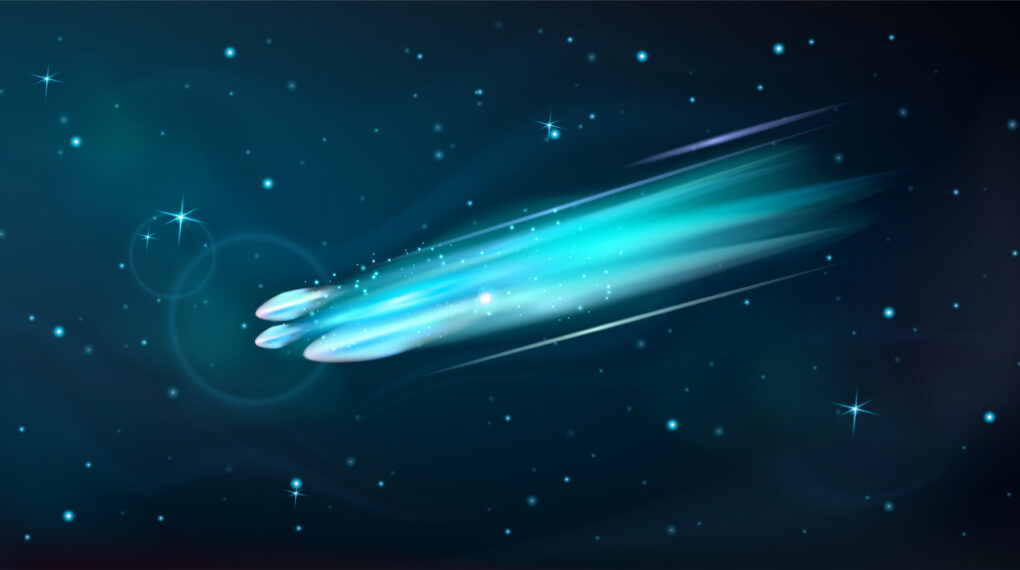Interstellar comet 3I/ATLAS is the third known object from beyond our solar system to pass through it, discovered on July 1, 2025, by the ATLAS survey in Chile. It’s a rare cosmic visitor traveling at over 200,000 km/h and offers scientists a glimpse into the early Milky Way.
Discovery and Origins

- Name Meaning: 3I stands for the third interstellar object; ATLAS refers to the Asteroid Terrestrial-impact Last Alert System that discovered it.
- Discovery Date: July 1, 2025.
- Origin: Confirmed to have a hyperbolic orbit, meaning it came from outside the Sun’s gravitational influence.
Speed and Trajectory
Estimated to be at 58 km/s (over 208,000 km/h), too fast to be captured by the Sun’s gravity. Expected around October 30, 2025, at 1.4 AU (about 210 million km). Will remain at least 1.8 AU (about 270 million km) away, posing no threat.
Physical Characteristics
Estimated between 0.32 and 5.6 km, likely under 1 km. Displays a bright coma of gas and dust; tail visibility may increase as it nears the Sun. Highly active, with volatile ices sublimating as it heats up.
Observations and Imaging
- Hubble Telescope: Captured a teardrop-shaped dust cocoon around the nucleus on July 21, 2025.
- Mars Orbiters: ESA’s ExoMars and Mars Express observed it during its close pass to Mars in early October.
- NASA’s Perseverance Rover: It may have been photographed as a glowing streak, although interpretations vary.
Scientific Significance
Believed to be 10 billion years old, offering clues about the early Milky Way. Follows 1I/ʻOumuamua (2017) and 2I/Borisov (2019) as the third interstellar object ever detected. It helps scientists study materials formed in other stellar systems, potentially revealing universal processes of planetary formation.



